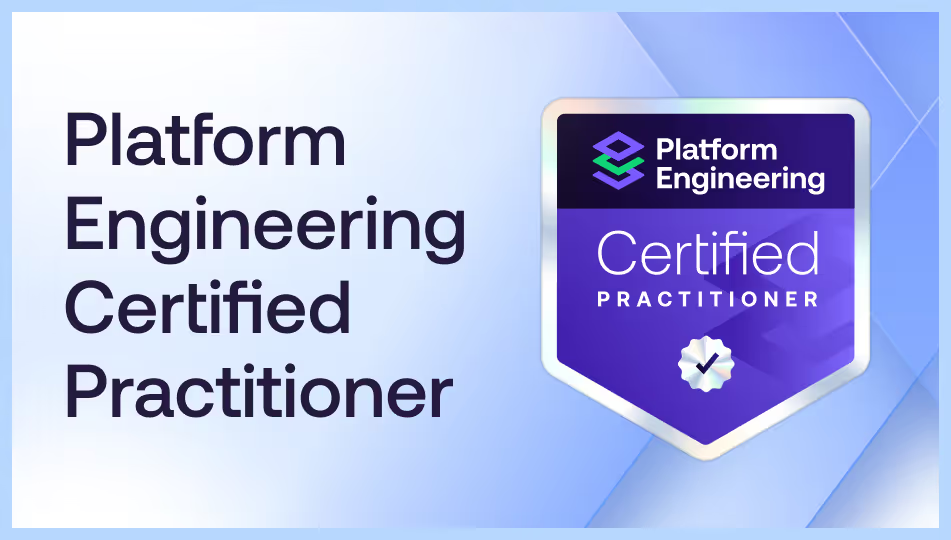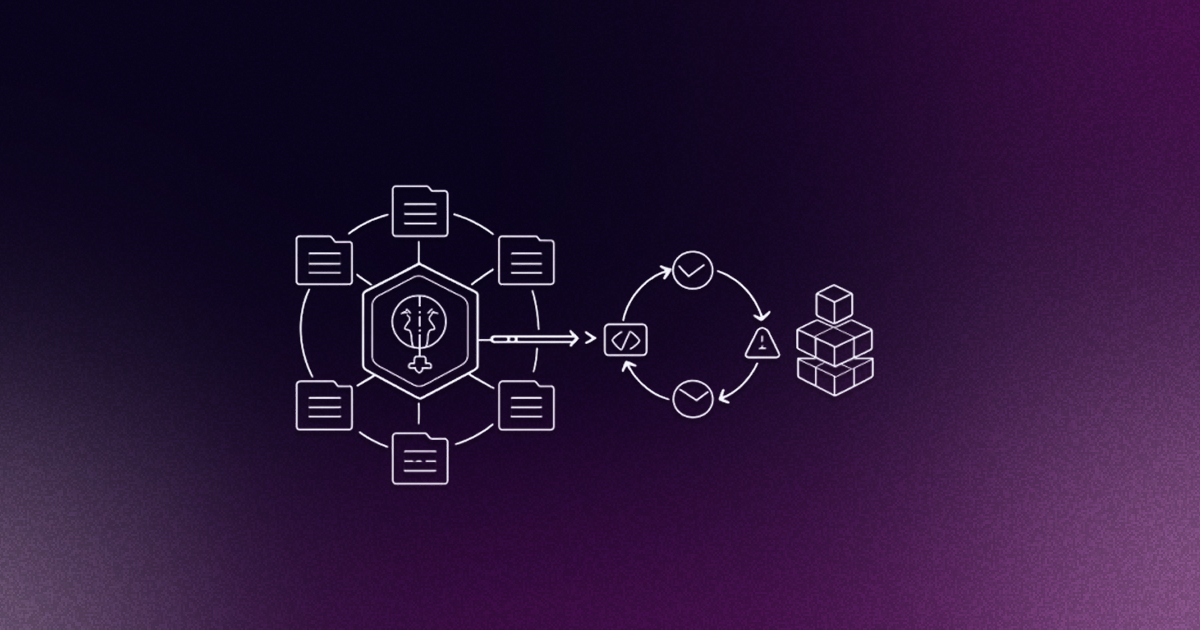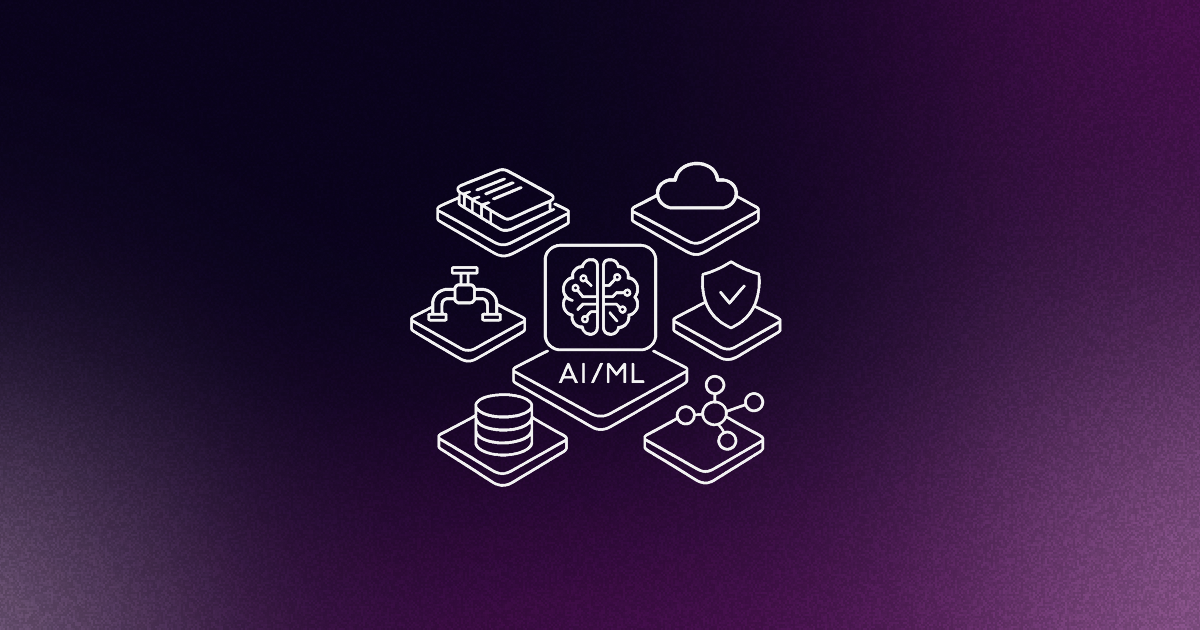Platform engineers frequently need to quantify developer productivity and platform ROI, but traditional measurement approaches often struggle to properly capture the value that platforms create across engineering organizations. This guide is designed for platform engineers, engineering managers, and technical leaders who need to demonstrate the business value of their platform initiatives to stakeholders.
Traditional productivity metrics like lines of code and story points fundamentally misrepresent how platform engineering creates value. Platform ROI calculations require sophisticated approaches that account for distributed benefits across multiple engineering teams and complex technical systems.
This article explains the specific challenges and approaches involved in measuring productivity and ROI in technical platform contexts.
Why traditional productivity metrics fall short
Lines of code, story points, and commit counts were designed for individual output tracking. These traditional metrics fail to capture the systemic improvements that define platform engineering value. Systemic improvements like:
- Reduced friction: A platform that cuts deployment time from 4 hours to 10 minutes
- Knowledge sharing: Standardized workflows that help new developers onboard faster
- Error prevention: Automated guardrails that catch issues before they reach production
- Cross-team efficiency: Shared tools that eliminate duplicate work across squads
Platform engineering also often creates indirect value that spreads throughout your organization; this is particularly hard to quantify and measure.
The three measurement frameworks you can use today
Each measurement framework addresses specific aspects of platform value creation. Understanding their strengths and appropriate applications enables a more accurate platform assessment.
DORA metrics for platform impact
DORA metrics measure how fast and reliably your team ships software. They include deployment frequency, lead time for changes, mean time to recovery, and change failure rate.
For platform engineers, these metrics show system-level improvements rather than individual productivity:
- Deployment frequency: How often teams can safely ship to production
- Lead time: Time from code commit to production deployment
- Mean time to recovery: How quickly you bounce back from incidents
- Change failure rate: Percentage of deployments that cause problems
The SPACE framework for developer experience
The SPACE framework breaks measurement into five areas: Satisfaction, Performance, Activity, Communication, and Efficiency.
Satisfaction tracks developer happiness through surveys and Net Promoter Scores. Performance looks at code quality and system reliability. Activity measures concrete actions like code reviews and deployments. Communication evaluates knowledge sharing and collaboration. Efficiency focuses on workflow smoothness and reduced context switching.
This framework connects technical changes to business outcomes. Higher satisfaction scores often correlate with better retention rates, which saves hiring costs.
MVP success metrics for early platforms
When you're just starting with platform engineering, you can track three key indicators:
Complexity Index measures standardization using the formula: 1 - (unique configurations ÷ total resources). Higher scores mean better standardization.
Onboarding Time tracks how long new developers take to complete their first meaningful task, like submitting their first pull request.
Service Creation Time measures the end-to-end process of getting a new service ready for production, including all setup and configuration steps.
Building your platform ROI calculation
ROI calculation for platforms follows this basic formula:
(Total Value Generated - Total Cost) ÷ Total Cost
The complexity lies in accurately quantifying both platform costs and distributed value generation across engineering organizations.
Calculating the real costs
Platform costs extend beyond just tooling expenses:
- Initial implementation: Engineering time, proof-of-concept work, and team onboarding
- Tooling costs: Software licenses, cloud usage, and subscription services
- Enablement expenses: Training materials, documentation, and internal communication
- Maintenance overhead: Updates, monitoring, compliance, and security patches
- Opportunity costs: Other projects that get delayed while building the platform
Make sure you are properly tracking salaries as costs too. If your engineers spend 50% of their time on platform work, include that percentage of their compensation in your calculation.
Converting technical wins to dollar amounts
The value side of ROI requires translating technical improvements into financial terms:
Developer time saved: Calculate hours saved per week × number of developers × hourly rate × 52 weeks. If your platform saves each of 50 developers 2 hours weekly, and their average rate is $75/hour, that's $390,000 annually.
Faster feature delivery: Estimate the revenue impact of shipping features sooner. If reducing lead time by 2 weeks lets you launch a feature that generates $100,000 monthly revenue, that's $200,000 in accelerated value.
Reduced downtime: Multiply hours of prevented outages by your average cost per hour of downtime. Many organizations calculate this as lost revenue plus recovery costs.
Tool consolidation: Add up eliminated software licenses, support contracts, and maintenance fees for tools you no longer need.
Real ROI examples from platform teams
These platform ROI calculations demonstrate how different organizational contexts and technical implementations affect value measurement:
Startup velocity boost
A 25-developer startup built a lightweight platform with a 2-person team. Over 6 weeks, they achieved 3x improvement in developer autonomy and 40% faster lead times.
Annual platform costs: $200,000 (team salaries + tooling)
Annual value generated: $570,000 (time savings + faster delivery)
ROI: 185%
Enterprise cloud optimization
A 200-developer company used platform engineering to standardize cloud deployments and reduce waste. They cut manual provisioning by 60% and lowered cloud spending from $500,000 to $375,000 monthly.
The platform team of 8 engineers cost $1.2M annually but generated $1.5M in cloud savings plus $800,000 in productivity gains, resulting in 220% ROI.
Contractor reduction strategy
A mid-size team replaced expensive contractors with full-time employees enabled by better platform tooling. The platform reduced onboarding time and standardized workflows, making generalist FTEs more effective at tasks that previously required specialists.
ROI calculation compared contractor rates ($200/hour) to FTE compensation ($125,000 annually) while factoring in improved workflow efficiency and reduced knowledge transfer overhead.
Measuring developer experience improvements
Developer satisfaction directly impacts business results through retention, productivity, and code quality.
Using surveys effectively
Net Promoter Score (NPS) asks developers how likely they are to recommend their current workflow to a colleague. Calculate NPS by subtracting the percentage of detractors (scores 0-6) from promoters (scores 8-10).
Customer Satisfaction Score (CSAT) measures how satisfied users are with a specific tool, process, or experience, typically using a 1–5 scale (from “very dissatisfied” to “very satisfied”). Monitoring CSAT over time helps identify trends and improvements in user satisfaction.
Run these surveys quarterly and compare results before and after platform changes. Include open-ended questions to capture qualitative feedback that numbers can't show.
Connecting satisfaction to business value
Higher developer satisfaction scores correlate with several business benefits:
- Reduced turnover: Replacing a senior developer costs $50,000-$100,000+ in recruiting, hiring, and onboarding
- Faster delivery: Satisfied developers tend to be more productive and collaborative
- Better code quality: Less frustrated developers write more maintainable code and participate more actively in code reviews
Track these connections in your organization to build stronger business cases for developer experience investments.
Making build vs. buy decisions
Platform teams constantly decide whether to build custom solutions or purchase existing tools. This decision affects both costs and long-term maintenance burden.
Total cost of ownership analysis
Look beyond initial purchase price or development time. Consider:
- Integration effort: How much work to connect with existing systems?
- Customization requirements: Can the tool adapt to your specific workflows?
- Maintenance responsibility: Who handles updates, security patches, and bug fixes?
- Vendor risk: What happens if the company gets acquired or discontinues the product?
- Learning curve: How long for your team to become proficient?
Hybrid approaches work best
Most successful platforms combine built and bought components. You might build custom workflow orchestration while purchasing off-the-shelf monitoring tools like Prometheus or Datadog.
Focus internal development on areas that provide a competitive advantage or require deep customization, and buy commodity solutions for standard functionality like authentication or logging.
Communicating value to different stakeholders
Different audiences care about different aspects of platform value.
For executives
Present ROI calculations with clear monetary benefits. Use external validation like industry reports or case studies from similar companies. Connect platform outcomes to strategic business goals like faster time-to-market or improved talent retention.
Show projected timelines for value realization and break down benefits by business unit when possible. Use strong visuals and business-oriented arguments.
For development teams
Focus on workflow improvements and pain point resolution. Share metrics about reduced wait times, fewer manual steps, and improved development experience.
Collect regular feedback through surveys and informal conversations. Demonstrate how platform changes directly address issues developers have raised. Tools like Backstage or other Developer Portals can help centralize developer experience metrics and feedback collection.
Frequently asked questions about measuring platform ROI
How long does it take to see measurable ROI from platform engineering?
Platform productivity improvements typically emerge within 6-12 weeks of MVP deployment, though comprehensive ROI measurement requires 6-12 months of adoption data across multiple engineering teams and technical workflows.
What percentage of engineering resources should be allocated to platform work?
Industry research suggests 10-20% of engineering capacity for platform work in mature organizations, though this varies significantly based on company size and technical complexity.
Which metrics matter most for early-stage platform initiatives?
Early platform measurement should prioritize onboarding time, developer satisfaction, and service creation time because these metrics directly reflect platform usability and adoption barriers. Incorporating the SPACE framework at this stage helps ensure a holistic view, combining Satisfaction (developer sentiment), Performance (workflow reliability), and Efficiency (time to complete key tasks). As the platform matures, DORA metrics like deployment frequency and lead time become stronger indicators of systemic engineering improvements, complementing SPACE by capturing operational performance at scale.
How do you measure platform ROI when benefits are mostly intangible?
Convert intangible benefits to monetary values by calculating time savings, retention improvements, and productivity gains. Use developer hourly rates and replacement costs to quantify these improvements.
The Platform Engineering community provides frameworks, case studies, and peer discussions that accelerate platform implementation and measurement practices.
Explore our certification programs to master platform engineering fundamentals and advanced practices. Our Platform Engineering Certified Professional and Leadership courses provide hands-on training from industry experts.
Connect with fellow platform engineers in our Slack community to share experiences, get advice, and stay current with platform engineering best practices.












